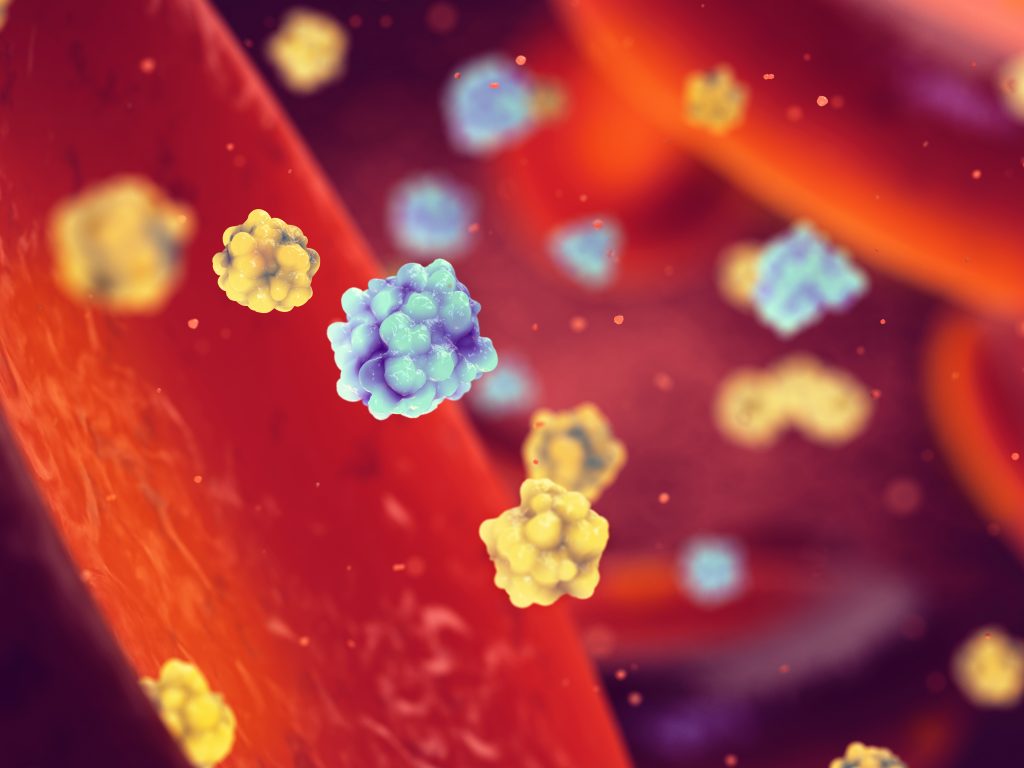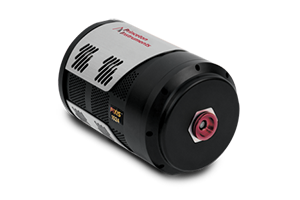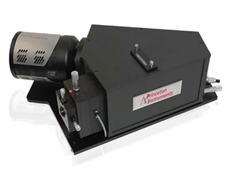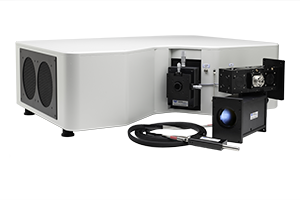Jeon Toong Kang, Peter So
Science Advances
Direct observation of glucose fingerprint using in vivo Raman spectroscopy
Introduction
Non-invasive, optical detection of blood glucose levels would greatly enhance the comfort of diabetes patients, who typically have to monitor glucose levels daily. A recent publication from researchers at MIT (Cambridge, MA, USA) and Samsung (Korea), showcased in Science Advances, confirms that Raman spectroscopy can be used to measure glucose from the skin.

The publication demonstrates, for the first-time, glucose-specific Raman features from in vivo skin samples and describes the data analysis model for glucose concentration prediction from single shot and difference Raman measurements.
The collection of the Raman scattered light was optimized by using a custom 61 fiber bundle and a high throughput LS-785 spectrograph. For the system to detect the large fiber bundle, a tall PIXIS-1024BRX camera was required. To ensure optimization via strong signal creation, the new experiment setup uses an off-axis excitation (830 nm) and signal collection configuration all while minimizing unwanted background signal.
Using this system, the researchers will be able to collect baseline measurements for the development of improved, miniaturized Raman systems and strong prediction algorithms for future use with human patients.



